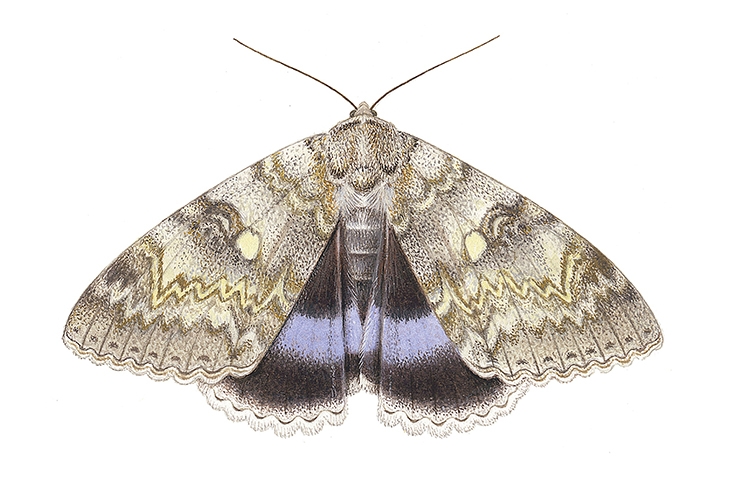Last year, I attempted to pass through security in an American airport carrying a small black box, containing eight batteries and a visible circuit board. If the switch was flipped, the display counted down in red flashing numbers. Unsuprisingly, the officer in Salt Lake City pulled it out of my hand baggage.
‘What’s this?’
‘It’s to attract moths,’ I said; then, thinking this sounded feeble, added rather grandly, ‘I’m a lepidopterist.’
‘Say that again.’
So I did, and a huge grin lit up the face of my interrogator. ‘Hey, y’all,’ he called out to his colleagues. ‘C’mon on over, listen to this… Say it again.’
I passed on with my Goodden Gemlight, heading for the mountains of Montana, leaving behind a desk of mirthful security staff, all chuckling and repeating to each other ‘Lepidopterist… lepidopterist… lepidopterist….’
The love of moths is apt to baffle the uninitiated. The term ‘lepidopterist’ perplexes even those with a classical education: it comes from the Greek for ‘scaly+wing’, which sounds as if we are Magizoologists, studying Fantastic Beasts and Where to Find Them. But looking closely at moths — which one needs to do to realise their extraordinary beauty — one can see that the powdery coating on their wings, which is so easily damaged by a passing touch, is made up of myriads of minuscule scales. These are pigmented just brown or black: the colours red, blue and yellow are created by the microstructures of each scale, which are natural photonic crystals. Like the shifting colours of an opal, vivid hues are formed by the scattering of light. Some moths are actually iridescent; all, when freshly hatched, have a fragile, silky, shimmering beauty. Fantastic, indeed.
There are more than 2,500 species of moth in Britain. Only a couple of these will, as larvae, eat your cashmere jersey.








Comments
Join the debate for just £1 a month
Be part of the conversation with other Spectator readers by getting your first three months for £3.
UNLOCK ACCESS Just £1 a monthAlready a subscriber? Log in